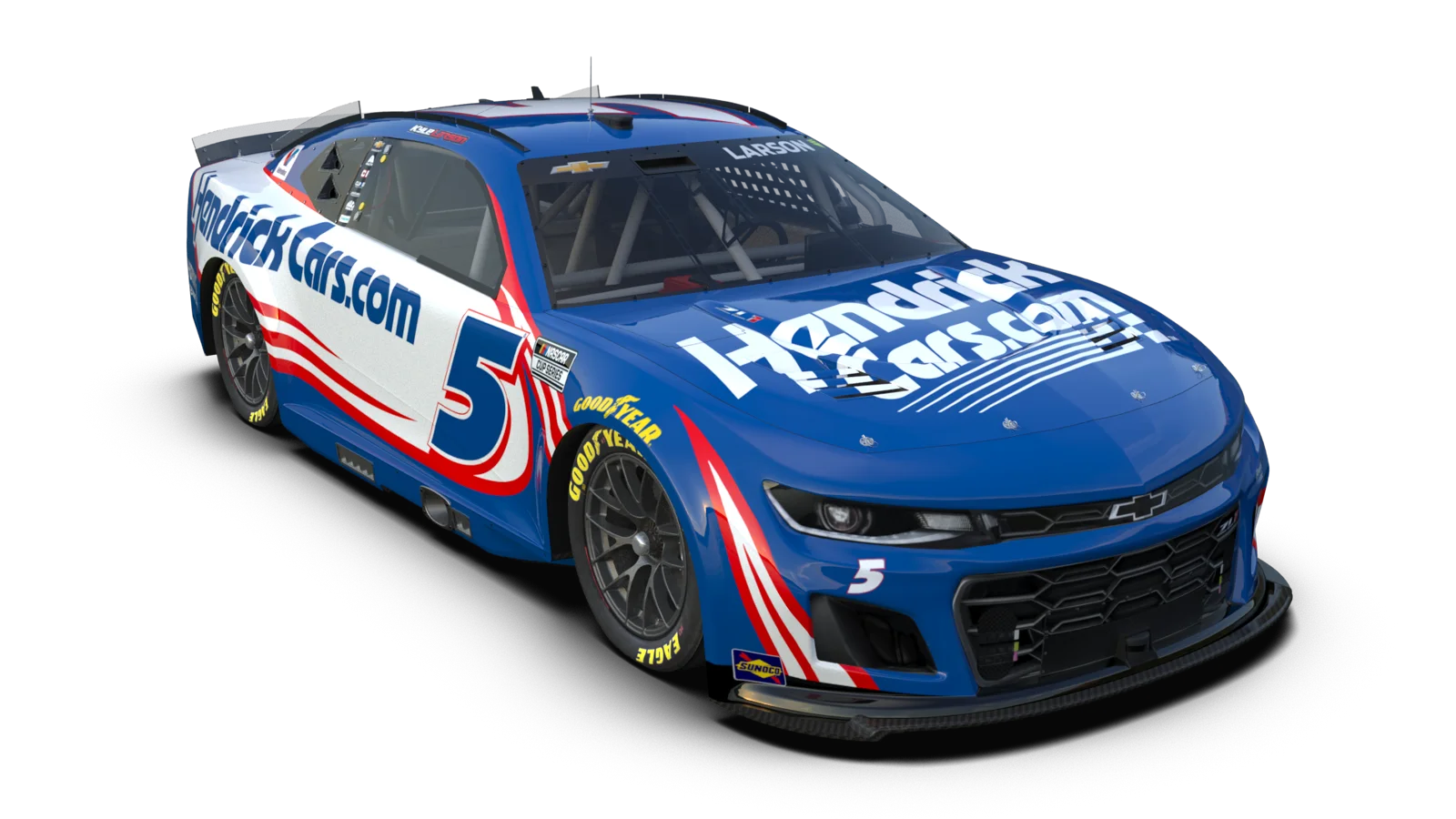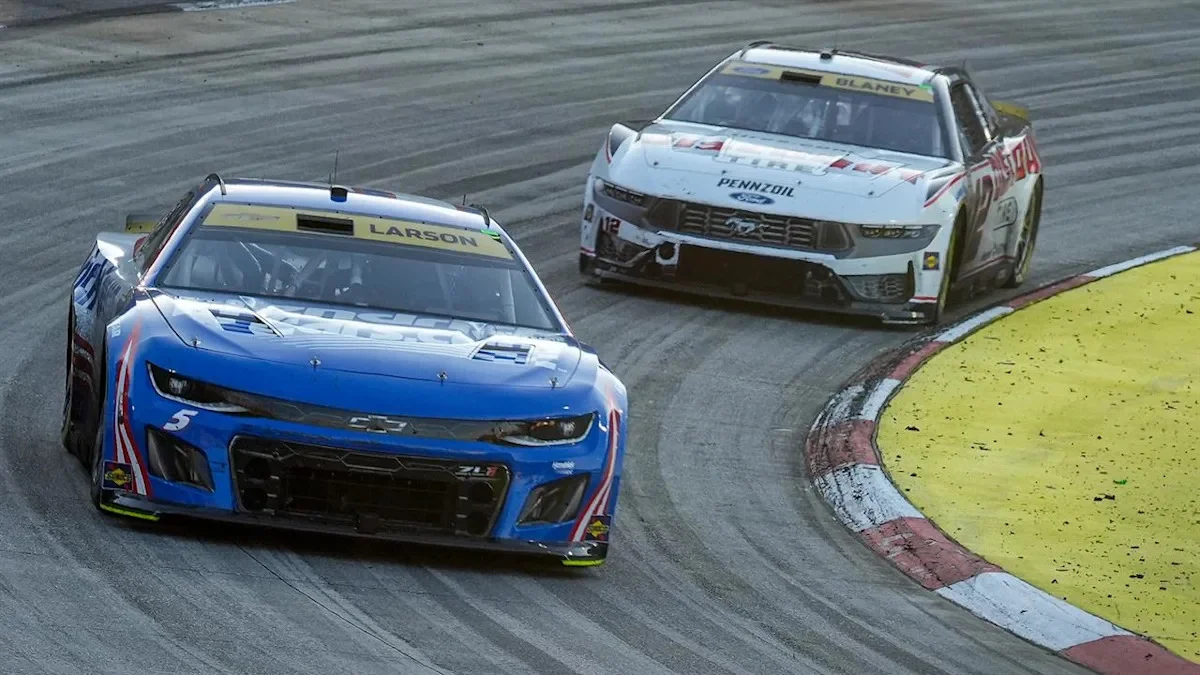Hendrick Motorsports playoff resurgence became the major turning point of Sunday’s NASCAR Cup Series race at Martinsville Speedway on October 26, completely altering the landscape of the championship as William Byron seized victory and Kyle Larson narrowly secured his place in the finals. Their strong performances not only marked a remarkable comeback for the team, but also ensured their spots in the Championship 4 race at Phoenix Raceway, where the pursuit of the Bill France Cup continues.
Byron’s command at Martinsville, leading a staggering 304 laps and winning a tense late duel against Ryan Blaney, was pivotal, affirming his position among the year’s championship contenders. Kyle Larson, overcoming recent challenges, edged Christopher Bell in the points standings to claim the last transfer place. With these successes, both Byron and Larson join Denny Hamlin and Chase Briscoe as the drivers fighting for NASCAR’s highest honor.
Hendrick’s Season Journey: Highs, Lows, and Recovery
Across the length of the 2025 season, William Byron and Kyle Larson have consistently performed at a high level, each racking up three wins and amassing more points than any other driver in the Cup Series. This consistent record reaffirms Hendrick Motorsports’ reputation, as the team has seen at least one driver make it to Phoenix in every season since 2020 to compete for the championship.

Despite this organizational success, the road to the playoffs was not without difficulties, especially when evaluating recent races. Byron’s tendency to peak early in the season was noticeable once again, recording ten of his sixteen top-ten finishes in the season’s first sixteen races, and securing seven top-five results in the first fourteen. However, only four top-fives followed in the next twenty-one events, and while his most recent triumphs include the Daytona 500, a victory at Iowa Speedway in August, and Sunday’s race, Byron has achieved just two playoff wins among his sixteen career victories.
Kyle Larson’s momentum suffered a setback during his attempt at the Memorial Day Double—a bold run in both the Indianapolis 500 and the Coca-Cola 600. After crashing out of both, Larson’s performance dropped, with no race wins since May and only thirty-four laps led in the regular season’s latter half. Periods of struggle in the playoffs raised questions about whether either driver could deliver at the most crucial moment.
Playoff Setbacks and a Critical Comeback
Reaching the championship round demanded overcoming considerable obstacles. Larson entered as a strong favorite for major races like the Southern 500 and Bristol Night Race, but difficulties in both derailed his path. Only in the Round of 12 did the No. 5 team regain form, with three consecutive top-ten finishes securing Larson’s advance. In contrast, Byron’s playoff start was underwhelming, characterized by quiet consistency instead of dominance—he did not lead a single lap in the first six playoff races, appeared to rely on points accumulated from early-season victories and his regular season title, yet survived the elimination rounds comfortably.
The turning point proved to be the Round of 8. Byron’s campaign nearly ended at Las Vegas Motor Speedway after a heavy crash with Ty Dillon forced him out. Larson appeared capable of capitalizing, but was bested by Denny Hamlin in the final laps, leading to Joe Gibbs Racing being the first team with a secured championship slot.
Martinsville offered one last opportunity. The penultimate race saw disaster for the team at Talladega Superspeedway as Chase Elliott crashed out early, Alex Bowman fell laps behind due to engine issues, and Byron was sent spinning out of contention just short of the finish after Larson ran out of fuel. Byron’s 25th-place finish left him with a win-or-go-home scenario at Martinsville, while Larson entered the weekend in a points-based fight with Christopher Bell for the final playoff spot.
Martinsville: A Crucial Win Reshapes the Playoff Picture
The outcomes at Martinsville almost excluded Hendrick Motorsports from the championship entirely, as a victory by Ryan Blaney or Joey Logano from Team Penske, combined with Bell exceeding Larson on points, could have ended their runs. Given Team Penske’s track record on flat circuits, it seemed plausible that the championship would shift towards a contest between Joe Gibbs Racing and Penske.
However, Martinsville has long been a cornerstone for Hendrick’s successes, and the team capitalized when it mattered most. While Chase Elliott’s title hopes concluded, William Byron’s dominance, alongside Larson’s resilience, assured path to the Phoenix finale for both. This outcome marks the first season since the Next Gen car’s debut where Team Penske will not have a chance at the title, as neither Logano nor Blaney advanced, opening the championship field considerably.
Looking Ahead to Phoenix: Can Hendrick Retake the Crown?
The question remains whether Hendrick Motorsports can convert this momentum into a championship victory at Phoenix Raceway, a track where Team Penske and Joe Gibbs Racing have demonstrated greater speed in recent years. However, history is on Hendrick’s side; Larson claimed championship glory at Phoenix in 2021, and while Byron won the spring event there in 2023, he has yet to achieve the same in the fall finale.
The resurgence at Martinsville has shifted the balance of power in the NASCAR playoffs, placing Hendrick Motorsports back in the spotlight and setting the stage for a dramatic Championship 4 showdown. As NASCAR’s playoffs reach their crescendo, the fight for the Bill France Cup intensifies, with both Byron and Larson positioned as formidable contenders to rewrite the season’s narrative at Phoenix.
